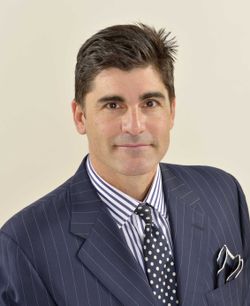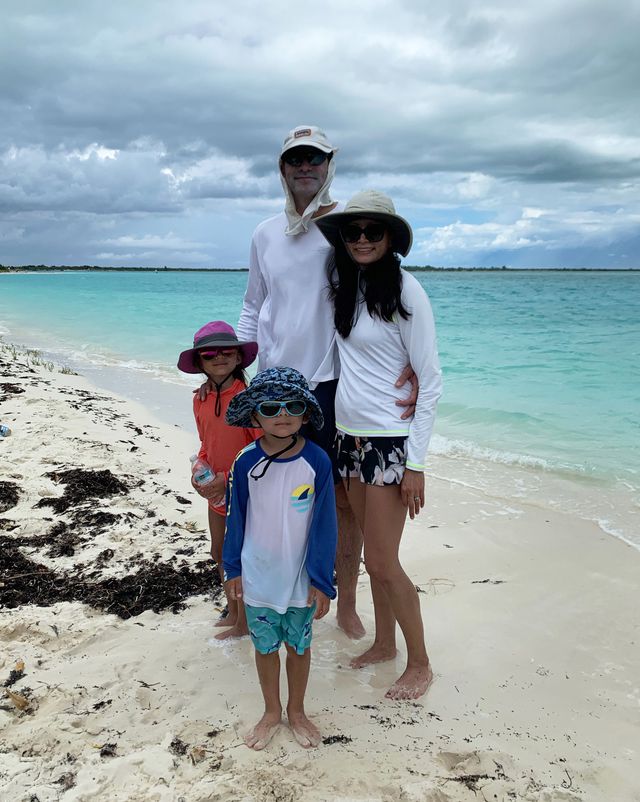Christopher Winfree:
Finding Balance in a Successful Academic Practice
 Author: Christopher Winfree, MD
Author: Christopher Winfree, MD
Some people decide to go into neurosurgery during medical school. Others discover neurosurgery somewhat earlier. Neurosurgery found me sometime early on in my teenage years. I have no idea why, but that is when I decided to become a neurosurgeon. It found me and I had no choice in the matter.
Neurosurgery is one of those rarefied careers that allows one to utilize a massive database of information memorized over decades, backed up with three-dimensional spatial knowledge, honed motor skills, and a healthy dose of technology, to make clinical and surgical decisions in a high- risk environment where there are definite consequences to these decisions. Such a job proved irresistible to me.
Once in neurosurgery residency, however, I quickly realized that living one’s life almost entirely in a hospital, managing really sick patients, was not for me. I wanted to live a balanced life with my family, with plenty of time spent outside the hospital, away from patients. I don’t like seizures, brain tumors, or really anything that has a tendency to “bleed” or “herniate.” The spine was also thoroughly unappealing to me. Well, that pretty much ruled out 90% of neurosurgery. Fortunately, I enjoy the 10% of neurosurgery that most other neurosurgeon aren’t interested in—peripheral nerve surgery and pain neurosurgery. These were such obvious choices for me, as they have all the things that I love about a neurosurgery career without all the death, destruction, and ongoing catastrophies. The three-dimensional anatomy, the young healthy patients who enjoy decades of improved function after surgery, and the opportunities for teaching and leadership are found in abundance in this career. And just as important, I can do a week’s worth of outpatient nerve and pain procedures, then get on a plane and fly to another country for a long weekend of cave diving without the realistic expectation that one of my post-op patients will die on me. Or worse.

Fig. 1. Family vacation with Erin, Erica, and Lucas in Grace Bay, Turks and Caicos.
I know what most neurosurgeons are thinking. How can you enjoy the hideous complexity of a brachial plexus reconstruction? How can you tolerate the relentless needs of a practice full of chronic pain patients? Note, I never said that my job is easy. What I want to convey is that it is BALANCED and AWESOME. Yes, I have developed a few tricks to mitigate the usual horrors of nerve and pain neurosurgery. For example, I do all of my brachial plexus reconstructions in multiple, short stages, and I don’t write prescriptions. Do I ever perform 12-hour dissections through endless scar balls? Nope. Do I ever field the 5 pm calls for opioids on a Friday? Nope. And you don’t have to either.
To those considering a career in neurosurgery, keep peripheral nerve and pain neurosurgery in mind. You may find that all of the great things in neurosurgery can be found in these subspecialties while limiting the downside risks of complications and feeling overwhelmed with work. If you are still unsure, feel free to attend some of the nerve and pain courses offered by the CNS or attend some of our Section activities. You just might find a group of neurosurgeons there who share the same attitude towards life and career as you.

Fig. 2. Diving in Mermaids Cave, Grand Bahama Island.